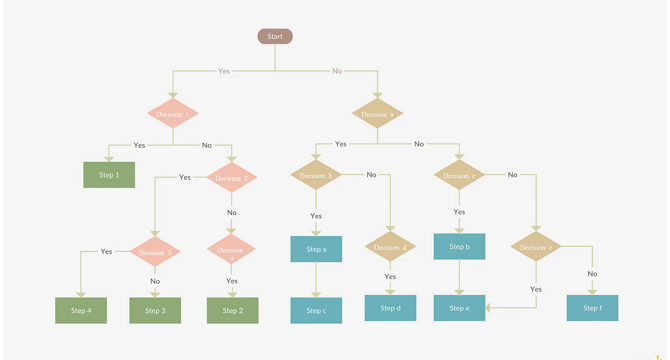Medium
1M
282

Image Credit: Medium
The end of the user flow era?
- Flowcharts saw a decline in popularity in the 1970s due to interactive terminals and programming languages, but continued to be used in the 21st century for computer algorithms.
- User Flow transitioned from depicting user actions in product usage to a hybrid of classic flowcharts and visual interface elements.
- In the 'golden age' of software, user flow was valuable for linear applications within Waterfall development methods.
- With modern complexities in software design, traditional user flow struggles to meet nonlinear challenges and has limitations in representing dynamic systems.
- Designing interfaces solely through screens is likened to building a car by drawing select parts without considering the whole system.
- User flow can lead to an overload of documentation, creating a maze of screens and arrows that hinder rather than aid communication.
- User flow becomes a burden when it hinders communication between design and development teams, leading to wasted time and resources.
- In complex applications, the traditional user flow approach can complicate changes and overwhelm with excessive screen representations.
- User flow, as traditionally understood, has lost its relevance and can impede rather than facilitate the design and development process.
- The call to experiment with new methods to create scalable and flexible products and seek solutions to alleviate the challenges posed by traditional user flow.
Read Full Article
16 Likes
For uninterrupted reading, download the app